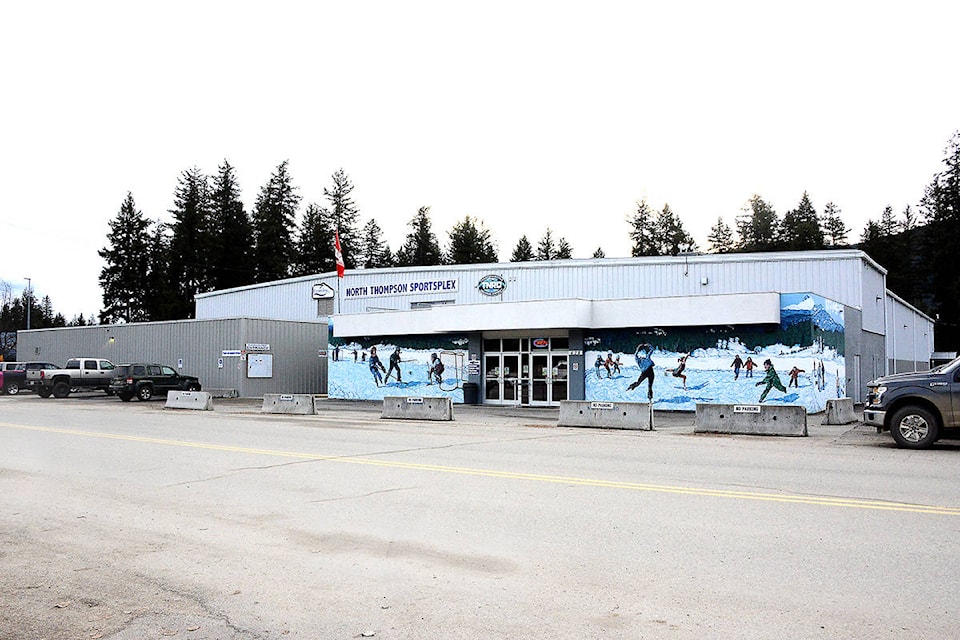District of Clearwater is receiving $160,000 from the provincial government to install a biomass wood-chip fuelled system in the North Thompson Sportsplex.
The system will be similar in type to the wood-chip fuelled system already in place at Dutch Lake Community Centre.
That system has given the District a 69 per cent saving during its first year of operation.
READ MORE: District looks at wood heat for former Dutch Lake School (Mar. 11, 2014)
READ MORE: Dutch Lake Centre and Sportsplex get upgrades (Jan. 18, 2017)
The new system is being installed by the same company, Fink Machines of Enderby, that installed the biomass system at DLCC.
The money is coming from the Ministry of Energy, Mines and Petroleum Resources under its Community Energy Leadership Program.
The total project cost is $521,251.
In addition to the CELP funding from the province, Wells Gray Community Forest is partnering with the District as is Thompson-Nicola Regional District with gas tax funds from Area A (Wells Gray Country).
Because the Sportsplex is used both by residents of Clearwater and those from Wells Gray Country, capital expenditures are split 60/40 between the two jurisdictions.
The project will replace the existing propane/hydro heating system in the Sportsplex.
The new system is expected to save the community approximately $29,000 annually and reduce greenhouse emissions by 62 tonnes of carbon dioxide equivalent (CO2e) per year.
The project includes design and construction of a modular boiler-house, retro-fit of the mechanical room in the facility, construction of a fuel storage bunker and boiler-house base, the purchase of biomass boiler equipment, and trades.
The project is located in a central part of the community where there is a potential to add on other buildings, such as the TNRD Library, the proposed affordable housing apartment building, and the Jim Pattison Group development.
District of Clearwater has as an objective to reduce community-wide GHG emissions by 10 per cent below the 2007 levels by the year 2020, and 33 per cent below 2007 by 2050.
The CELP funding for Clearwater was one of several announced recently by the Ministry of Energy.
One of the other projects to receive funding is a solar-powered Zamboni ice resurfacer for an arena in Port McNeill.
The project funds the Zamboni’s conversion from propane power to solar-charged/lithium-ion-battery electric. The upgrade in technology is estimated to save about $9,000 per year in operating costs.
CELP supports investments in energy efficiency and clean-energy projects that help communities reduce greenhouse gas (GHG) emissions, increase energy efficiency, stimulate economic activity and promote partnerships that advance British Columbia’s growing clean-energy sector.
Funding for CELP comes from the B.C. Innovative Clean Energy (ICE) Fund, designed to support the province’s energy, economic, environmental and greenhouse gas reduction priorities and advance B.C.’s clean energy sector.
The RCI Program has helped B.C.’s remote communities in reducing their dependence on diesel generation by funding capital costs of implementation or construction of clean energy systems, such as hydro, wind and solar energy.
Support for these projects is aligned with the government’s commitment to re-invigorate the ICE Fund to boost investments in ground-breaking new energy technologies, climate change solutions and community-focused energy projects – especially projects that drive development in rural, northern and First Nations communities.
